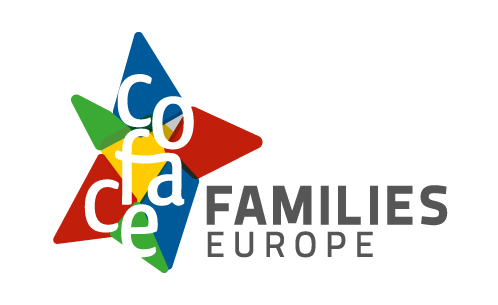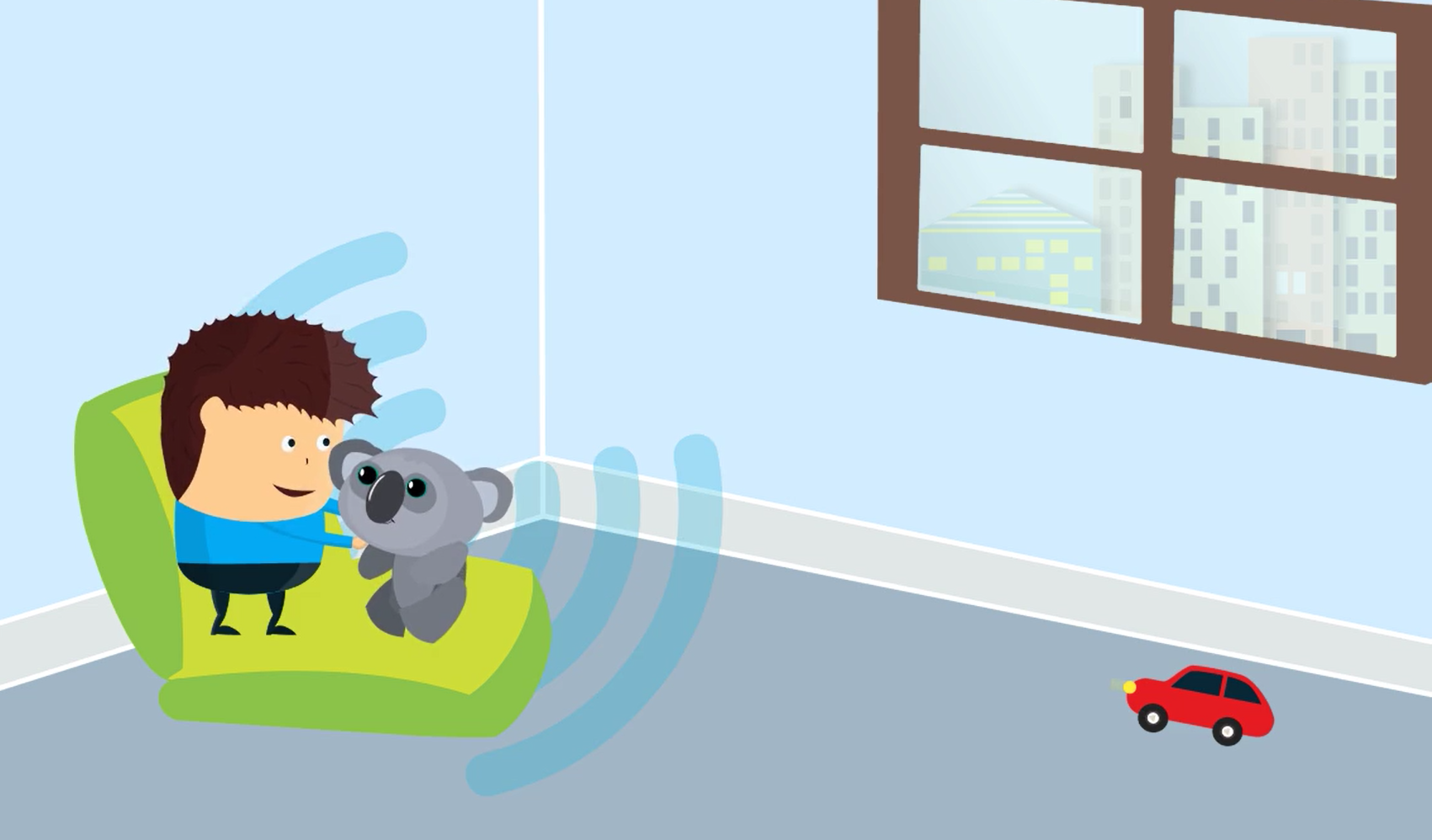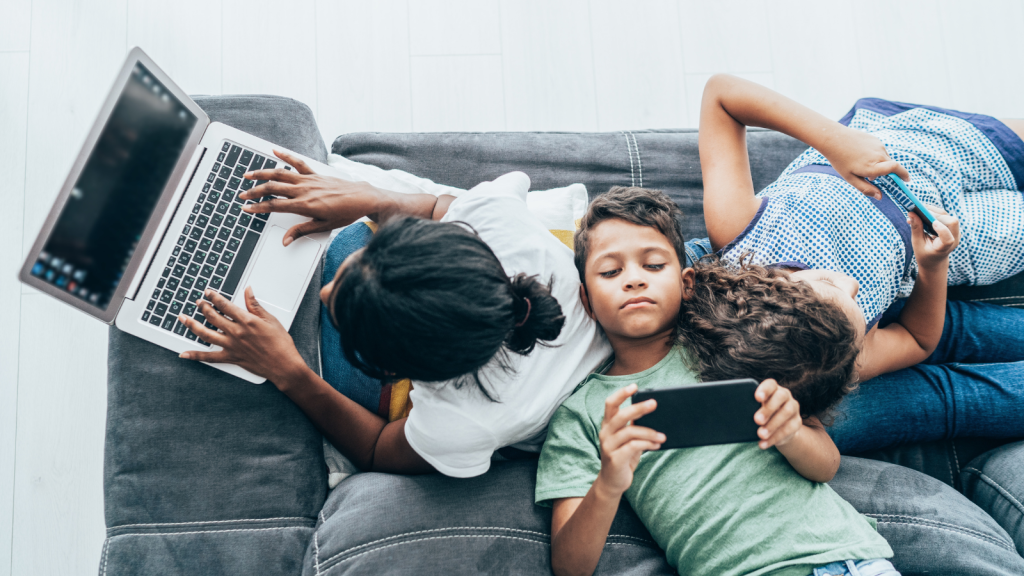COFACE Families Europe launched a discussion at the end of 2016 at its Berlin conference on the social impact of digitalisation, looking at six dimensions including smart work, digital literacy, the digital economy, the potential of technology in social/health service provision, connected children and safety online, and the threats and opportunities of Big Data. As a result of the conference, we produced a series of short briefs summarising some of the emerging trends and challenges. This brief focuses on connected children.
The Internet has completely changed how consumers shop for goods and services. Has the online world benefited consumers via more choice, comparability, increased availability of information or has it, on the contrary, accentuated the vulnerability of consumers by overloading the consumer with too many choices and information, and manipulated the consumer via dynamic pricing, behavioural advertising, etc. How can we protect children in this virtual world? Can children, especially generation C, help their families better navigate the online world? Youth increasingly use the Internet to search and produce content online, to have fun through different gaming platforms, to build their social networks, and more. Are they considered users or consumers?
EU context
The European Commission is taking measures to improve access to the internet and make it a safer place for children. The Better Internet for Kids network aims to provide children a safe environment as they surf the web. The EU Strategy for a Better internet for Children provides actions to empower them as they explore the digital world. COFACE Families Europe is working closely with the EU on ensuring measures are taken to protect children online, through various advocacy initiatives, EU projects (like POSCON) but also through its own work on preventing cyberbullying (see DeleteCyberbullying video, smartphone application) and through initiatives taken by different COFACE members (support/advice services to parents, children, teachers).
Moreover, the current revision of the EU Audio-Visual Media Services Directive is trying to ensure rules on harmful online content and advertising are applicable not only to traditional media but also to new media such as online video-sharing platforms and on-demand services. Viewers, and particularly minors, are moving from traditional TV to the online world, while the regulatory burden is much higher on TV. The Directive therefore introduces flexibility when restrictions only applicable to TV are no longer justified. At the same time, it ensures that consumers will be sufficiently protected in the on-demand and Internet world.
Vulnerable users or digital experts?
Children can be both vulnerable users and digital experts at the same, mastering different parts of the online world. Children may be digitally smart, using a host of different online apps and understanding the intricacies of protecting their data (deleting history, using privacy modes, etc). Youth today are not only users of online content, but producers of content as well, sometimes setting up online playlists, blogs, websites, and much more.
However, the online world is full of business models (freemium, advertising) which expose children to harmful content and also allow them to consume inappropriate goods. As stated in the recent report by eNACSO “When Free Isn’t”, in the real world, certain products cannot be sold to people under 18 years of age (alcohol, cigarettes, gambling, pornography, weapons), but such protection is not systematic for online shopping. The growing commercialization of the Internet is a key concern, and not only in relation to child protection. The current prevalent online business models which either rely on targeted advertising or “freemium”/”free-to-play” are misleading for children and adults alike. They rely on inherent vulnerabilities of human nature, guided by sophisticated studies in behavioural sciences, to manipulate user behaviour in order to maximize revenue.
The German organisation I-Kiz is an online child protection centre which creates a lasting alliance between state agencies, civil society partners, companies, and associations to supports children and parents to harness the potential of technology and to address any internet-related challenges.
I-Kiz has drawn attention to the need to protect the rights of children in the real world and the digital world. The UN Convention on the Rights of the Child (UNCRC) ratified by all EU Member States aims to protect children in the real world, providing them with basic rights. To what extent is this UNCRC protecting children’s rights in the digital world? Articles 12, 13, 15, 16, 17, 19, 34 are all relevant in this respect. Article 16 for instance states the following: “No child shall be subjected to arbitrary or unlawful interference with his or her privacy, family, or correspondence, nor to unlawful attacks on his or her honour and reputation”. This recalls the use of social networks by millions of parents online.
The future: A mix of education, regulation and self-regulation?
The World Economic Forum has developed a Digital Intelligence (or DQ) map highlighting the set of social, emotional and cognitive abilities which enable individuals to face the challenges and adapt to the demands of digital life. This could serve as a checklist for parents, educators, leaders to empower both adults and children.
However, education has its limits. While a number of online platforms, service providers, etc do self-regulate to a certain extent and develop third-party tools to help parents limit exposure of harmful content to their children, the tools to protect children online are extremely fragmented and can be difficult for parents and educators to set up. There are parental control tools at different levels: operating system, browser, online service providers, apps, and more.
Configuring all this is challenging to say the least. Regulation is needed to ensure protection of children is built into online systems, namely through two key mechanisms: age verification and content classification (both negative content and positive content). For age verification, we need to make sure that it is effective and at the same time respectful of children’s rights, privacy, security, freedom of communication etc.
For classification and labelling, this needs to be a joint effort from user generated content creators to label their content, broadcasters and video sharing platforms to develop algorithms to label the most problematic content automatically and especially create the right labels/classification categories for content and finally, working towards a compatible system between all the different classification services (see the useful recommendations of the MIRACLE project in this respect). Furthermore, regulation needs to be future-proof and address different grey areas such as unboxing videos, product placement, interactive ads, virtual and augmented reality, viral content, and more.
Download our policy brief Connected children: vulnerable users or digital experts?





